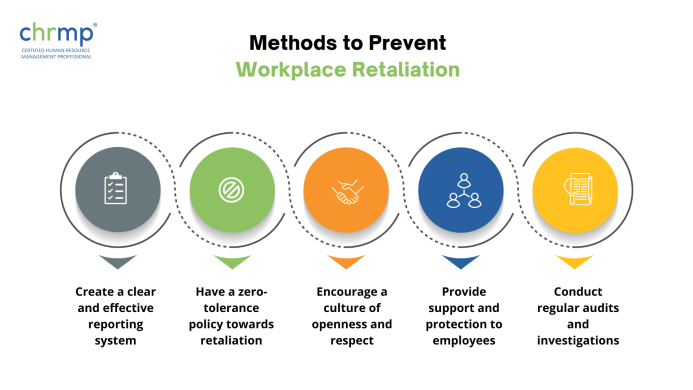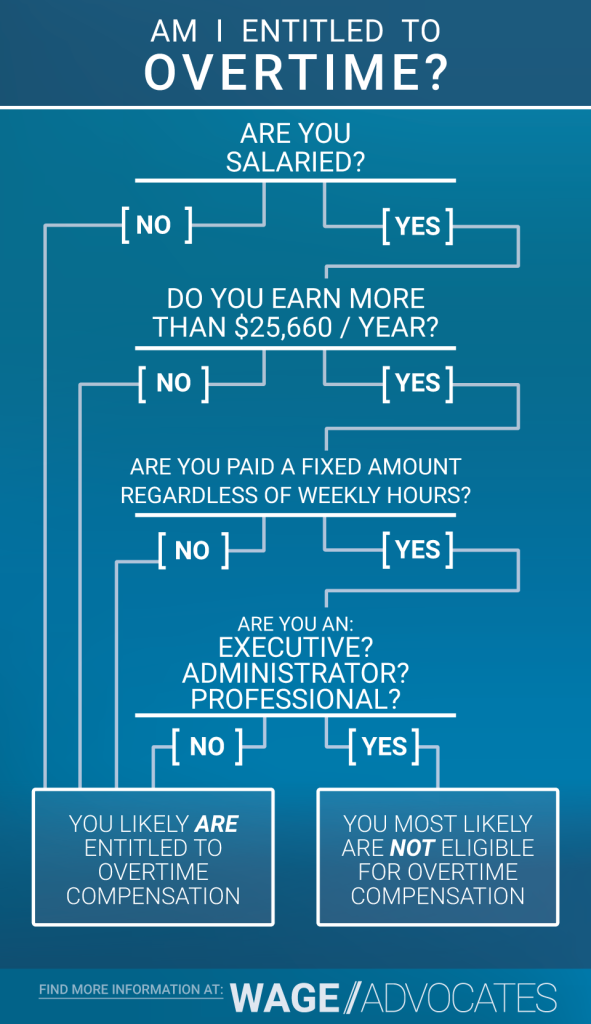
Understanding the EEO-1 Report Requirements: A Beginner’s Guide to Compliance
In today’s diverse workforce, ensuring fair and equal employment opportunities is not just a moral imperative, but often a legal one. For many businesses in the United States, a critical part of this legal obligation involves submitting the EEO-1 Report to the U.S. Equal Employment Opportunity Commission (EEOC).
If you’re an HR professional, a business owner, or simply someone trying to understand workforce compliance, the EEO-1 Report can seem like a daunting task. This comprehensive guide is designed to demystify the EEO-1 requirements, breaking down complex information into easy-to-understand concepts, complete with practical tips and common pitfalls to avoid.
What Exactly Is the EEO-1 Report?
At its core, the EEO-1 Report is an annual survey that collects workforce demographic data from private employers and federal contractors. It provides a snapshot of an employer’s workforce by job category, race, ethnicity, and gender.
Key purposes of the EEO-1 Report:
- Monitoring and Enforcement: The EEOC and the Office of Federal Contract Compliance Programs (OFCCP) use the data to identify potential patterns of discrimination and to enforce federal civil rights laws.
- Compliance: It serves as a fundamental compliance requirement for eligible employers, demonstrating their adherence to equal employment opportunity laws.
- Workforce Insights: The aggregated data helps the government understand workforce trends across industries and regions.
Think of it as a crucial piece of the puzzle that helps ensure fair treatment and equal access to opportunities for everyone in the workplace, regardless of their background.
Who Needs to File the EEO-1 Report?
Not every employer is required to file an EEO-1 Report. The requirement depends primarily on the number of employees and whether the employer is a federal contractor.
There are two main categories of employers who must file:
1. Private Employers
- 100 or More Employees: All private employers with 100 or more employees are required to file the EEO-1 Report. This count includes full-time and part-time employees.
2. Federal Contractors and Subcontractors
- 50 or More Employees AND a Contract: Federal contractors and first-tier subcontractors are required to file if they:
- Have 50 or more employees; AND
- Have a prime contract or first-tier subcontract amounting to $50,000 or more; OR
- Serve as a depository of government funds in any amount; OR
- Are a financial institution that is an issuing and paying agent for U.S. Savings Bonds and Savings Notes.
Important Note on Employee Count:
The employee count is typically based on a specific "workforce snapshot period" (e.g., a pay period in October, November, or December) designated by the EEOC for that year’s filing cycle. You must meet the employee threshold during this period.
What Information Do You Need to Report? (The Data Elements)
The EEO-1 Report requires specific demographic and employment data for all employees. Understanding these categories is crucial for accurate reporting.
1. Job Categories
Employees must be reported under one of the following 10 standardized job categories, based on the job content and typical duties, not just the job
- Executive/Senior Level Officials and Managers: Individuals who plan, direct, and formulate policies and provide overall direction for the company.
- First/Mid-Level Officials and Managers: Individuals who oversee and direct the work of other employees, or manage specific departments or functions.
- Professionals: Occupations requiring a college degree or equivalent experience, performing work that is intellectual and varied.
- Technicians: Occupations requiring specialized knowledge or skills, often acquired through technical training or an associate’s degree.
- Sales Workers: Occupations primarily engaged in selling goods or services.
- Administrative Support Workers: Occupations involved in clerical and administrative tasks, such as secretaries, administrative assistants, and data entry clerks.
- Craft Workers: Skilled manual occupations, such as carpenters, electricians, and mechanics.
- Operatives: Semi-skilled manual occupations, such as machine operators and assemblers.
- Laborers and Helpers: Unskilled manual occupations, often involving physical labor.
- Service Workers: Occupations providing direct service to customers or clients, such as food service workers, security guards, and cleaning staff.
2. Race and Ethnicity
Employees must be categorized into one of the following race/ethnicity categories. The "Hispanic or Latino" category takes precedence; if an employee identifies as Hispanic or Latino, they are reported in that category regardless of their race.
- Hispanic or Latino: A person of Cuban, Mexican, Puerto Rican, South or Central American, or other Spanish culture or origin, regardless of race.
- White: A person having origins in any of the original peoples of Europe, the Middle East, or North Africa.
- Black or African American: A person having origins in any of the black racial groups of Africa.
- Native Hawaiian or Other Pacific Islander: A person having origins in any of the original peoples of Hawaii, Guam, Samoa, or other Pacific Islands.
- Asian: A person having origins in any of the original peoples of the Far East, Southeast Asia, or the Indian Subcontinent, including, for example, Cambodia, China, India, Japan, Korea, Malaysia, Pakistan, the Philippine Islands, Thailand, and Vietnam.
- American Indian or Alaska Native: A person having origins in any of the original peoples of North and South America (including Central America), and who maintain tribal affiliation or community attachment.
- Two or More Races: All persons who identify with more than one of the five race categories listed above.
3. Gender
Employees are reported as:
- Male
- Female
- Non-binary (This option was introduced in recent years to allow for more accurate demographic reporting.)
4. Establishment Information
You will also need to provide identifying information for your company and each physical location (establishment) where employees work:
- Company Name and Address
- Employer Identification Number (EIN)
- North American Industry Classification System (NAICS) code
- For multi-establishment employers, specific details for each branch or location.
Important Historical Note: Component 2 Data
You may have heard of "Component 2" data, which involved reporting employee pay and hours worked. This was a temporary requirement for the 2017 and 2018 EEO-1 filings and is no longer required as of the 2019 filing cycle and beyond. Current EEO-1 reporting only requires "Component 1" data (demographics by job category).
How to Collect the Data for the EEO-1 Report
Accurate data collection is paramount. The EEOC emphasizes a specific hierarchy for obtaining demographic information:
-
Employee Self-Identification (Preferred Method):
- The most accurate and preferred method is to allow employees to self-identify their race, ethnicity, and gender.
- This should be done confidentially, often during the onboarding process or through an annual survey.
- Employees should be informed that providing this information is voluntary, but encouraged for compliance purposes.
-
Visual Observation (If Self-Identification Isn’t Possible):
- If an employee declines to self-identify, or if you cannot reach them to request the information, you may use existing employment records or use visual observation.
- This method should be used only as a last resort and with caution, as it is inherently less accurate and can be subject to bias.
Practical Tips for Data Collection:
- HR Information Systems (HRIS): Many HRIS or payroll systems have fields to capture EEO-1 required data. Ensure these fields are properly configured and updated.
- Confidentiality: Emphasize that the information collected is for EEO-1 reporting purposes only and will be kept confidential.
- Regular Updates: Encourage employees to update their demographic information if it changes.
- Record Keeping: Maintain detailed records of how the data was collected and aggregated.
The EEO-1 Filing Process
The EEO-1 Report is filed electronically through the EEOC’s EEO-1 Online Filing System.
Here’s a general overview of the steps:
-
Registration and Account Access:
- If you’re a new filer, you’ll need to register for an account on the EEOC’s EEO-1 Online Filing System.
- Returning filers will use their existing credentials.
-
Determine Your Company Type:
- Single-Establishment Employer: An employer with only one physical location. You will file a single report for all employees at that location.
- Multi-Establishment Employer: An employer with multiple physical locations. You will need to file:
- A Consolidated Report (Type 2): Summarizes data for all establishments combined.
- A Headquarters Report (Type 3): For the principal office.
- Establishment Reports (Type 4, 6, 8): For each individual branch or establishment.
- Type 4 reports are for establishments with 50 or more employees.
- Type 6 reports are for establishments with fewer than 50 employees.
- Type 8 reports are for establishments with fewer than 50 employees, consolidated by the employer if they choose not to file individual Type 6 reports.
-
Input Data:
- You can manually enter data directly into the online system.
- For larger employers, it’s often more efficient to upload data using a pre-formatted flat file (CSV) provided by the EEOC. This usually requires exporting data from your HRIS.
-
Review and Verify:
- Carefully review all submitted data for accuracy. The system often includes validation checks, but a thorough manual review is essential.
- Ensure all employees who meet the criteria for the workforce snapshot period are included.
-
Certify the Report:
- Once you are confident the data is accurate, an authorized company official (e.g., CEO, HR Director) must electronically certify the report. This confirms that the information provided is true and correct to the best of their knowledge.
-
Confirmation and Record Keeping:
- After successful submission, you will receive a confirmation.
- Download and save a copy of your submitted report and the confirmation for your records. The EEOC recommends keeping EEO-1 records for at least one year, though longer is advisable.
Key Deadlines and Penalties for Non-Compliance
The Annual Filing Deadline
The EEO-1 filing period typically opens in the Fall of each year (e.g., October or November) and usually closes in the Winter (e.g., December or January) of the following year. The exact dates are announced by the EEOC each year. It’s crucial to check the official EEOC website for the precise opening and closing dates for the current filing cycle.
Example: The 2023 EEO-1 reporting cycle might open in October 2023 and close in December 2023 or January 2024.
Consequences of Non-Compliance
Failing to file the EEO-1 Report when required, or filing incomplete or inaccurate data, can lead to serious consequences:
- Federal Contractors: Non-compliance can result in a federal contractor being found in breach of their government contract. This could lead to:
- Delayed or withheld payments.
- Cancellation or termination of existing contracts.
- Debarment from future federal contracts, which means they would be ineligible to bid on or receive government work.
- All Employers:
- Investigation by the EEOC: The EEOC may initiate an investigation into the employer’s practices.
- Court Orders: The EEOC can seek court orders requiring employers to file.
- Fines and Penalties: While direct monetary penalties for EEO-1 non-filing are not always explicitly stated as fines, the costs associated with an EEOC investigation, potential litigation, and reputational damage can be substantial.
- Reputational Damage: Non-compliance can harm a company’s public image and make it difficult to attract and retain talent, especially in a competitive job market where diversity and inclusion are highly valued.
Benefits Beyond Compliance: Why the EEO-1 Matters Internally
While the EEO-1 Report is primarily a compliance requirement, the data collected can offer valuable internal insights for your organization:
- Diversity & Inclusion Metrics: The report provides a clear quantitative overview of your workforce’s diversity across different job levels. This data can inform your Diversity, Equity, and Inclusion (DEI) initiatives.
- Identify Gaps: By analyzing your EEO-1 data, you might identify areas where certain demographic groups are underrepresented in specific job categories, prompting you to review hiring, promotion, and development practices.
- Targeted Recruiting: Understanding your current workforce demographics can help you tailor recruitment strategies to reach a broader and more diverse pool of candidates.
- Internal Benchmarking: You can track your organization’s diversity progress over time, setting internal benchmarks and goals for improvement.
- Strengthened Employer Brand: A commitment to EEO-1 compliance and the active use of its data to foster diversity enhances your reputation as an equitable and responsible employer.
Common Mistakes to Avoid
Even experienced filers can make mistakes. Be mindful of these common pitfalls:
- Missing the Deadline: The most common and easily avoidable error. Always mark the EEOC’s announced filing window on your calendar.
- Inaccurate Employee Count: Incorrectly determining if your company meets the 100 or 50 employee threshold based on the workforce snapshot period.
- Incorrect Job Category Assignment: Misclassifying employees into the wrong EEO-1 job categories. Review job descriptions carefully.
- Missing Establishments: For multi-establishment filers, forgetting to include all physical locations.
- Outdated Data: Using old demographic data instead of the most current information for the designated snapshot period.
- Not Retaining Records: Failing to save copies of your submitted reports and confirmation notices.
- Lack of Certification: Forgetting or delaying the final certification step, which means your report is not officially submitted.
- Confusing Component 1 and 2: Still trying to collect pay data (Component 2) when it’s no longer required.
Tips for a Smooth EEO-1 Filing Process
- Start Early: Don’t wait until the last minute. Begin gathering your data as soon as the filing period opens.
- Designate a Responsible Person: Assign the EEO-1 reporting task to a specific individual or team within HR.
- Leverage Technology: Utilize your HRIS/payroll system’s reporting capabilities to extract employee data efficiently.
- Review EEOC Resources: The EEOC website provides comprehensive guides, FAQs, and contact information for assistance.
- Train Staff: If multiple people are involved in data collection or verification, ensure they understand the requirements.
- Perform a Dry Run: If it’s your first time or you’ve made significant changes to your HR system, consider a practice run with your data.
- Seek Expert Advice: If you have complex organizational structures or unique situations, consider consulting with an HR compliance expert or legal counsel.
Conclusion
Understanding and complying with EEO-1 Report requirements is a critical responsibility for many U.S. employers. It’s more than just a bureaucratic task; it’s a vital tool for the government to monitor equal employment opportunities and for businesses to gain valuable insights into their own workforce diversity.
By familiarizing yourself with the filing criteria, data elements, and the submission process, you can ensure your organization remains compliant, avoids penalties, and contributes to a more equitable and inclusive working world. Proactive preparation and attention to detail will make the annual EEO-1 filing a smooth and manageable process for your business.




Post Comment